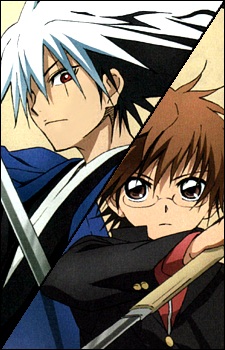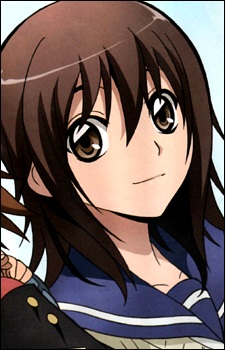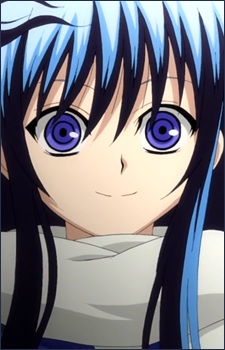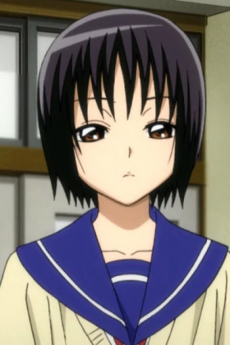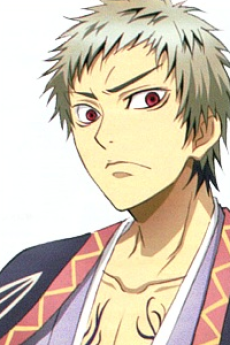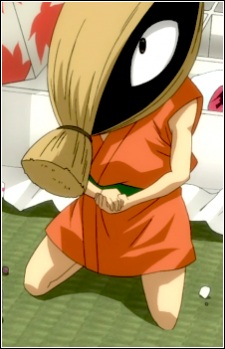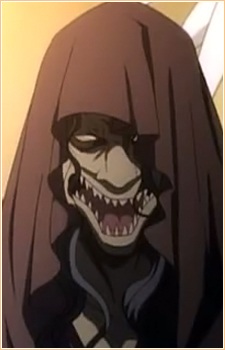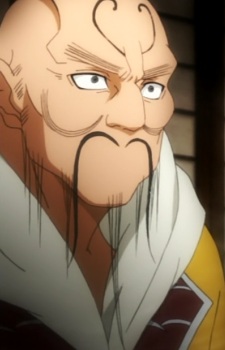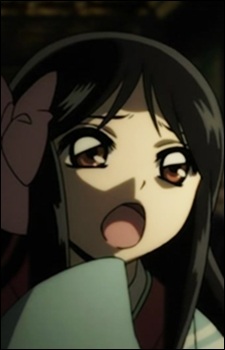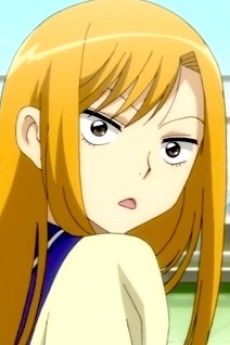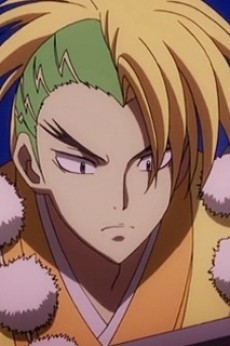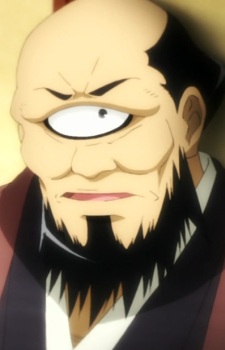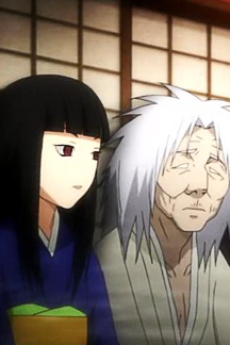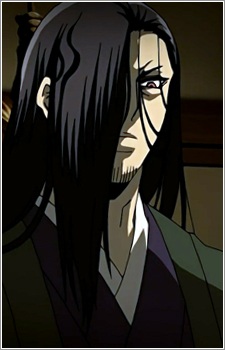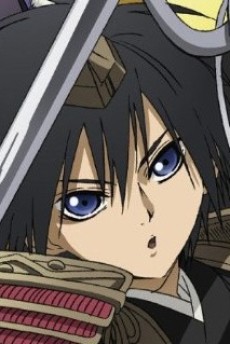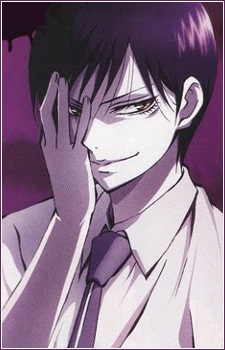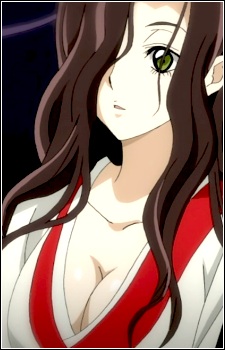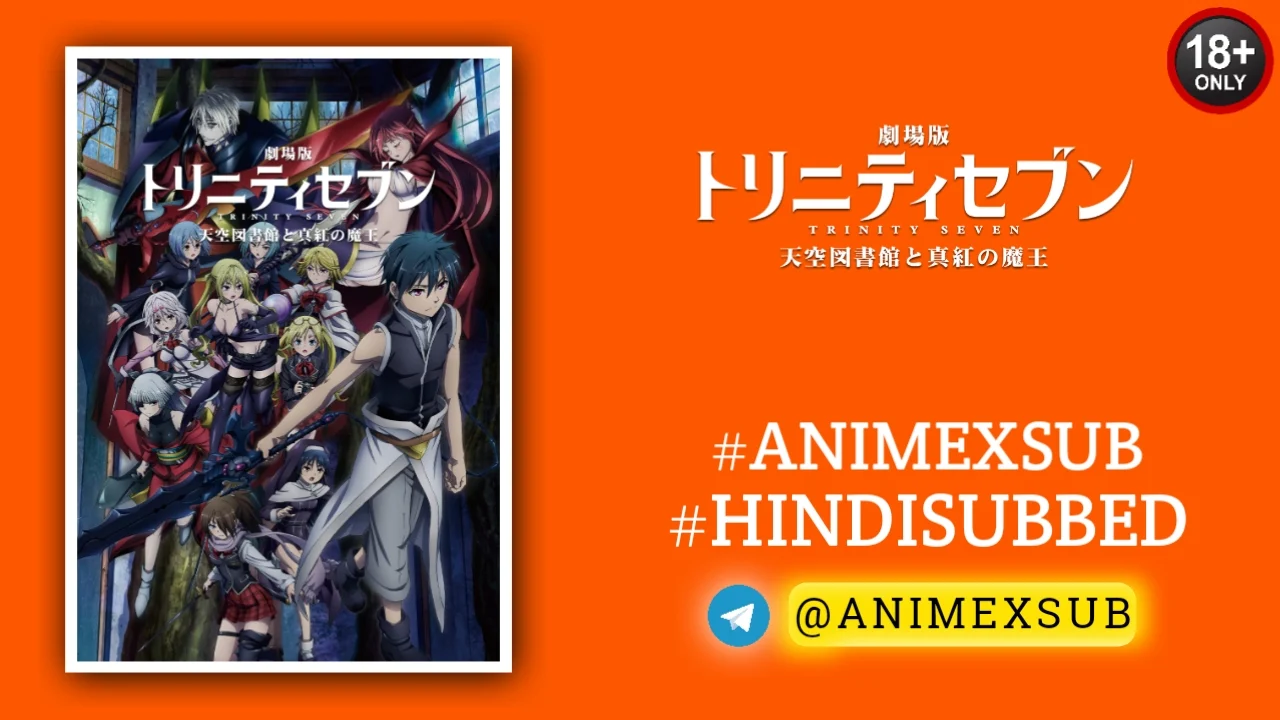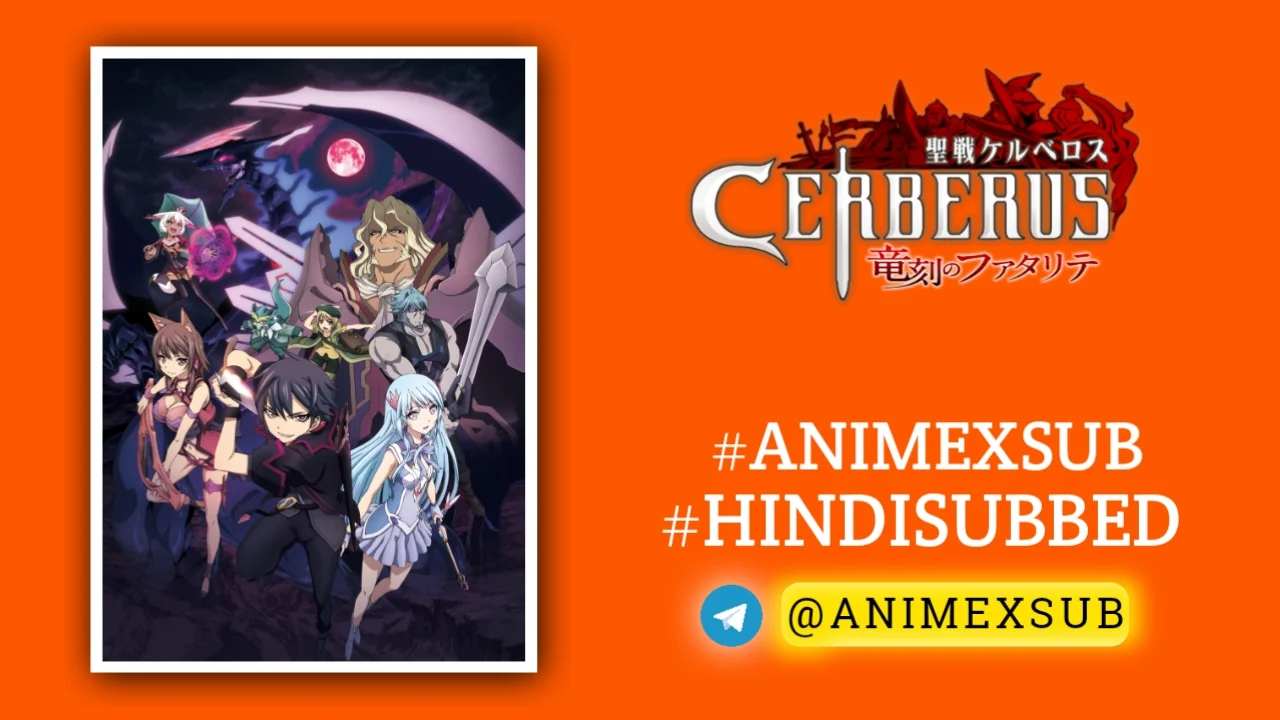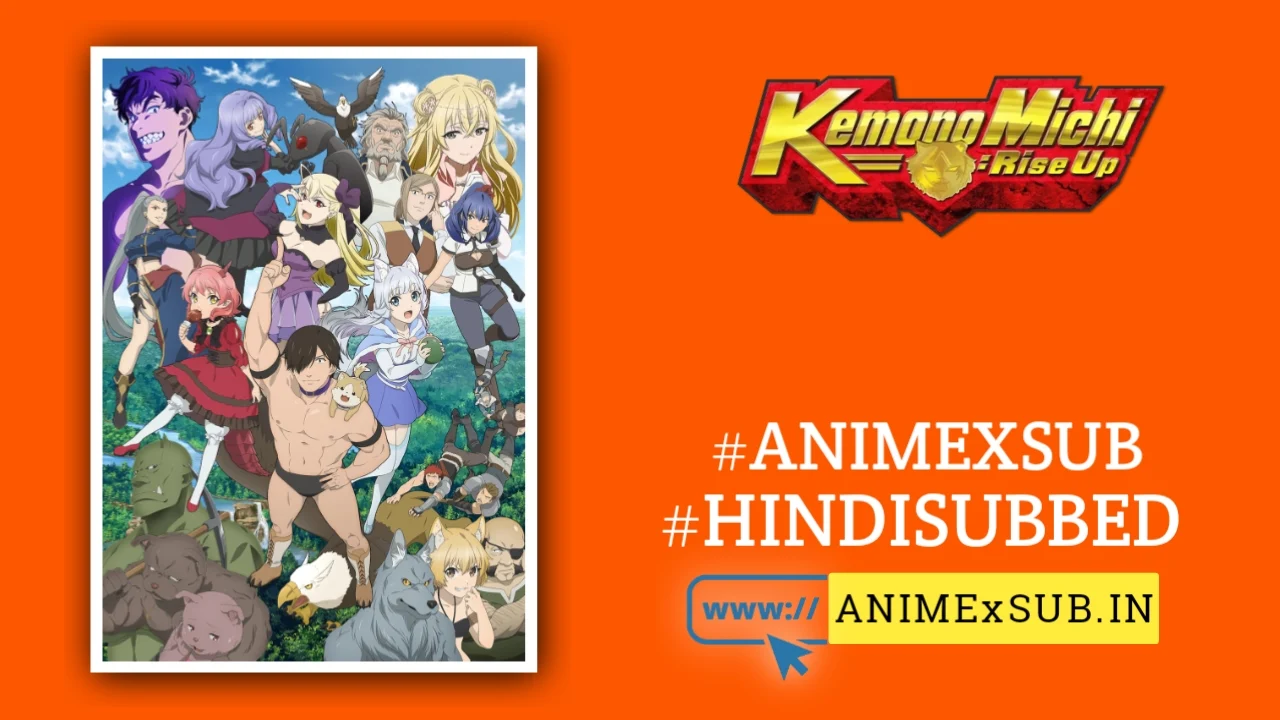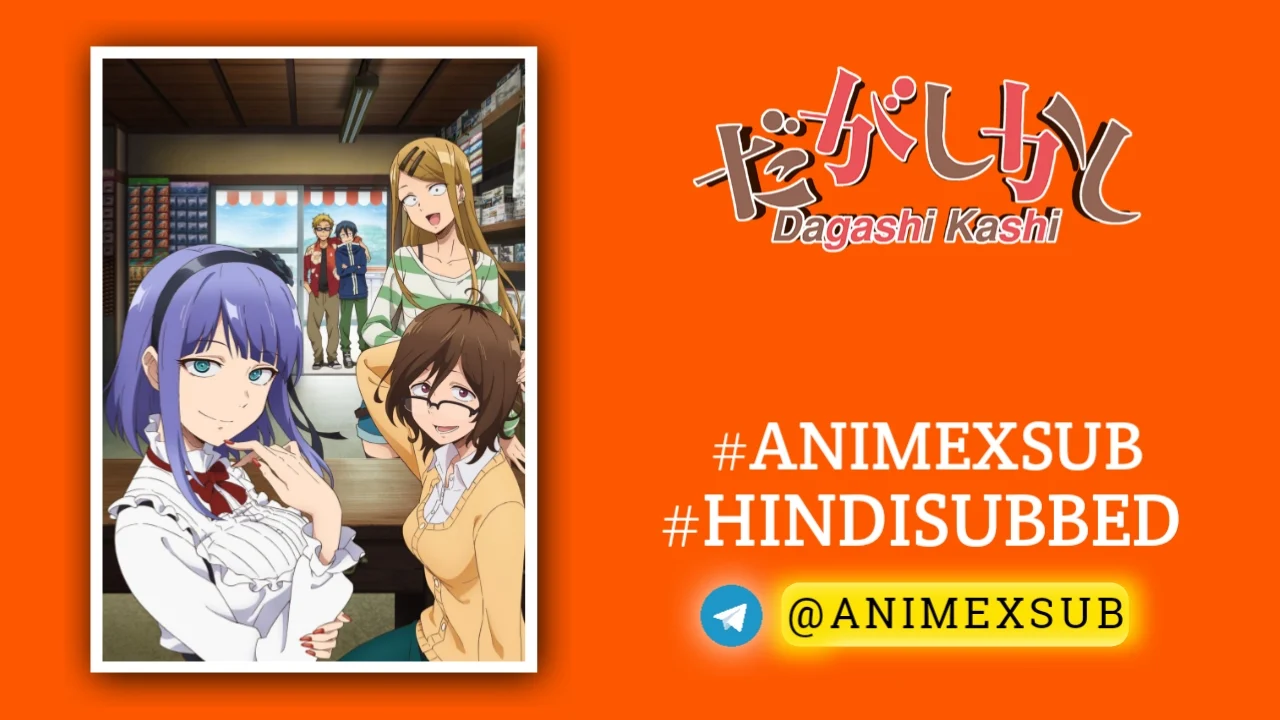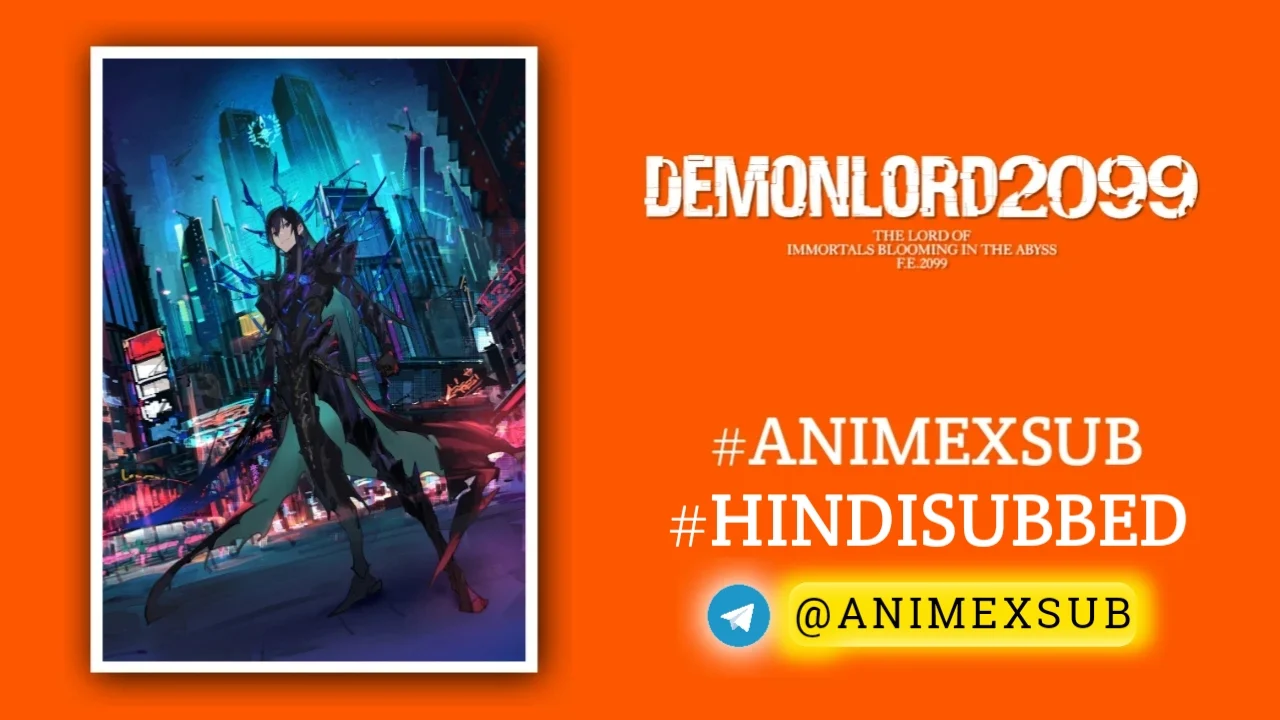
Nura: Rise of the Yokai Clan Season 1 Hindi Subbed [24/24] | Nurarihyon no Mago Hindi Sub
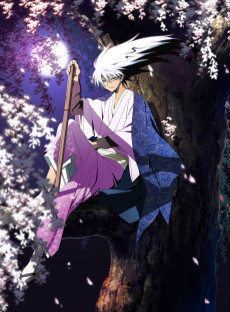
Nurarihyon no Mago
Nura: Rise of the Yokai ClanSynopsis
Rikuo Nura appears to be an average middle school student. No one knows that he comes home every day to a house full of youkai, nor that he transforms into the all-powerful leader of these spirits at night. However, much to the disappointment of many, Rikuo is determined to live as normal a life as possible.
Watch Trailer
Characters
Nura: Rise of the Yokai Clan Season 1 – A Fresh Spin on Shonen and Japanese Folklore
Nura: Rise of the Yokai Clan Season 1, a 24-episode anime from Studio Deen (2010), adapts Hiroshi Shiibashi’s manga with a bold blend of shonen action and Japanese yokai mythology, offering a unique perspective that sets it apart from genre staples. This review dives into its strengths, weaknesses, and distinctive elements, delivering an analysis rooted in its narrative depth, cultural resonance, and technical execution.
A Dual Life: Rikuo Nura’s Compelling Conflict
The story centers on Rikuo Nura, a 13-year-old who is three-quarters human and one-quarter yokai, destined to inherit the Nura Clan, a powerful yokai syndicate led by his grandfather, Nurarihyon. By day, Rikuo is an ordinary middle schooler; by night, he transforms into a charismatic, fearsome yokai leader. This duality drives the narrative, as Rikuo grapples with his reluctance to embrace his yokai heritage, fearing it conflicts with his human values of kindness and protecting others. Unlike typical shonen protagonists who eagerly chase power, Rikuo’s internal struggle—balancing his human empathy with yokai responsibilities—feels grounded and relatable, offering a fresh take on the “chosen one” trope.
The show’s premise shines in its exploration of identity. Rikuo’s transformations aren’t just physical; they reflect his psychological journey from denial to acceptance. Episodes like the Tamazuki arc (ep. 13–18) highlight this, as Rikuo confronts a rival yokai leader whose philosophy of dominance challenges his own desire for coexistence between humans and yokai. This ideological clash elevates the stakes beyond mere battles, making Rikuo’s growth a nuanced study of leadership and morality.
Yokai Mythology: A Cultural Goldmine
What sets Nura apart is its deep integration of Japanese folklore. The series draws on yokai—supernatural beings from Japanese tradition—like kappa, tengu, and the eerie Nure-onna, weaving them into the Nura Clan’s hierarchy. Each yokai is visually distinct, with designs that range from whimsical to unsettling, reflecting Shiibashi’s creative interpretations. For instance, Nurarihyon’s ability to “slip through unnoticed” becomes a mesmerizing illusion-based power, transforming a subtle myth into a dynamic narrative tool. This reverence for folklore, paired with detailed world-building, immerses viewers in a vibrant supernatural Japan, where yokai operate like a mafia with territorial disputes and ancient grudges.
The show educates without feeling didactic. Episodes often introduce obscure yokai, like the wheel-headed Wanyūdō, with brief contextual clues about their origins, sparking curiosity about Japanese mythology. This cultural authenticity makes Nura a gateway to exploring folklore, distinguishing it from Western-inspired fantasy anime.
Strengths: Character Dynamics and Visual Flair
The ensemble cast is a highlight. Supporting characters like Yuki-Onna (Tsurara), a fiercely loyal ice-wielding yokai, and Yura, a young onmyoji with a Kansai dialect, add depth and humor. Their interactions with Rikuo—whether Tsurara’s subtle affection or Yura’s initial distrust of yokai—create a lively dynamic that balances action with camaraderie. Kiyotsugu, Rikuo’s yokai-obsessed friend, injects comic relief, though his obsession occasionally feels repetitive.
Visually, Studio Deen delivers vibrant animation, particularly in night scenes where Rikuo’s yokai form commands the screen with flowing silver hair and a commanding presence. The action sequences, such as the clash with the Gyuki clan (ep. 9–12), are fluid, with creative use of yokai powers like ice slashes and illusionary mists. The soundtrack, featuring Monkey Majik’s Fast Forward and Sunshine, complements the tone, blending modern energy with mystical undertones, though the ending themes by Katate Size feel less memorable.
Weaknesses: Pacing and Adaptation Choices
Despite its strengths, Season 1 stumbles in pacing. The early episodes, focusing on Rikuo’s school life and minor yokai skirmishes, can feel episodic and slow, delaying the main plot’s momentum until the Tamazuki arc. This deliberate build-up works for character development but risks losing viewers expecting faster-paced shonen action. Additionally, the anime deviates from the manga, adding filler fights (e.g., Yura’s extra battles) that dilute her role as a deuteragonist and disrupt the story’s flow. Some manga fans criticize these changes, noting they mischaracterize Rikuo’s internal conflict by overemphasizing his fear of being seen as “evil” rather than the deeper curse tying the Nura and Kekain families.
The animation, while generally solid, occasionally relies on static backgrounds or recycled frames during less critical scenes, a common Studio Deen trait that slightly undermines the visual spectacle. The lack of clarity around certain plot points, like the ambiguous consequences of battles (e.g., unclear deaths), can also confuse viewers, as noted in community reviews.
Unique Appeal: A Shonen with Soul
Nura Season 1 stands out for its refusal to lean solely on action. It’s a story about legacy, identity, and bridging divides—human vs. yokai, tradition vs. modernity. Rikuo’s journey to unite his clan while protecting his human friends feels personal, not grandiose, setting it apart from power-driven shonen like Naruto or Bleach. The show’s humor, rooted in yokai quirks and Rikuo’s double life, adds levity without derailing the stakes, as seen in the charming bar scene where yokai-form Rikuo introduces his human friend Kana to his supernatural allies.
The series also subtly critiques societal prejudice. Rikuo’s human classmates view yokai as monsters, reflecting real-world biases, while his yokai clan’s distrust of humans mirrors this tension. This theme, though not fully explored in Season 1, plants seeds for deeper conflicts in Demon Capital.
Why It’s Worth Watching
Nura: Rise of the Yokai Clan Season 1 is a hidden gem for fans of shonen and folklore. Its blend of cultural authenticity, compelling character arcs, and inventive action makes it a standout, despite pacing issues and adaptation missteps. It’s not perfect, but its unique take on yokai mythology and Rikuo’s heartfelt struggle make it a rewarding watch for those seeking something beyond the genre’s usual fare. For the full experience, pair it with the manga to appreciate the story’s depth, but the anime alone offers a vibrant introduction to Rikuo’s world.
Where to Watch: Available on Crunchyroll with subtitles; English dubbed episodes are harder to find legally but may be on platforms like Amazon.
Rating: 8/10 – A strong, unique shonen that balances heart, humor, and horror with a few rough edges.
Support Our Anime Community!
Love watching the latest anime? Help us keep uploading new episodes by join telegram channel ❤️
Join Now!